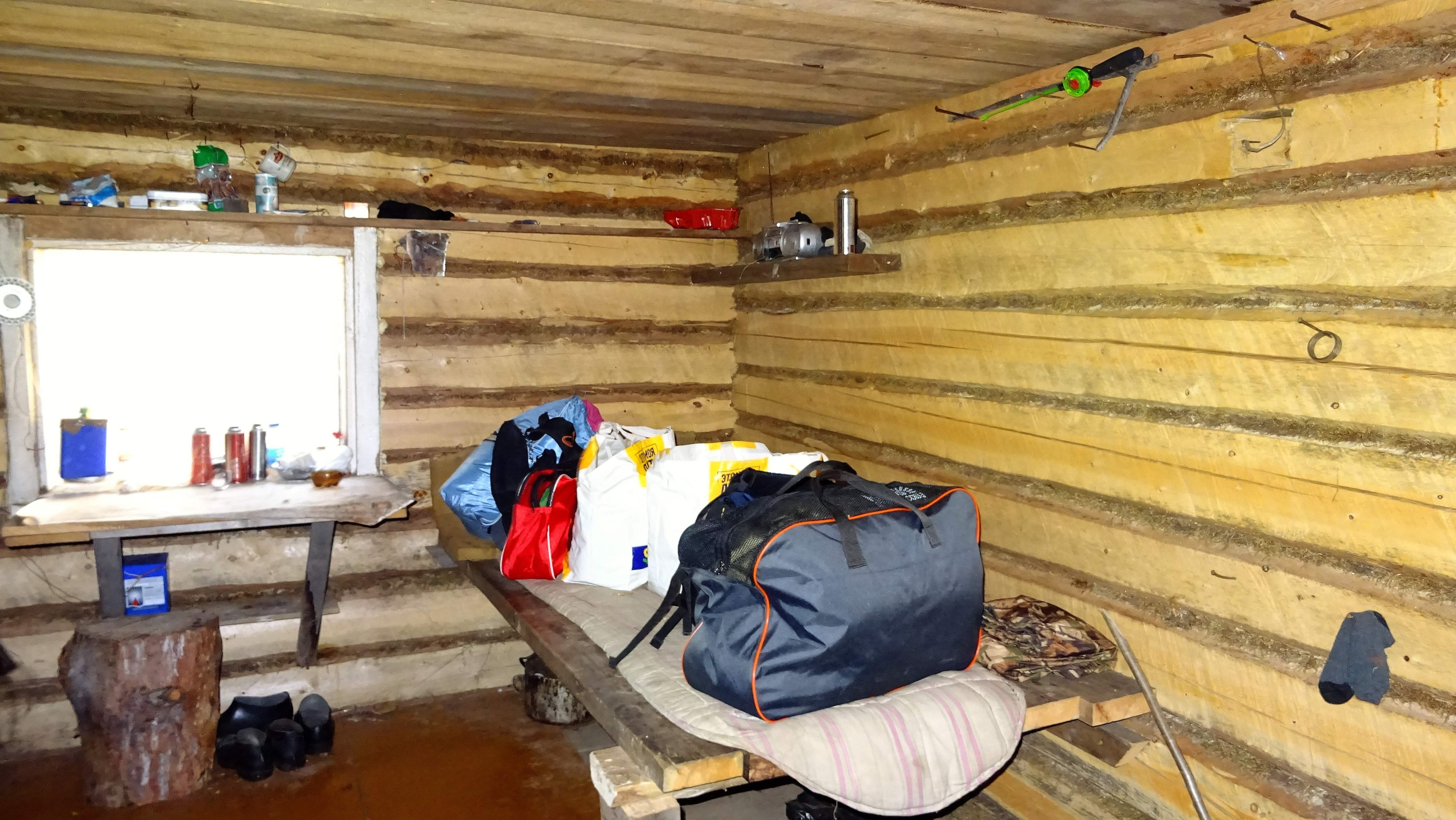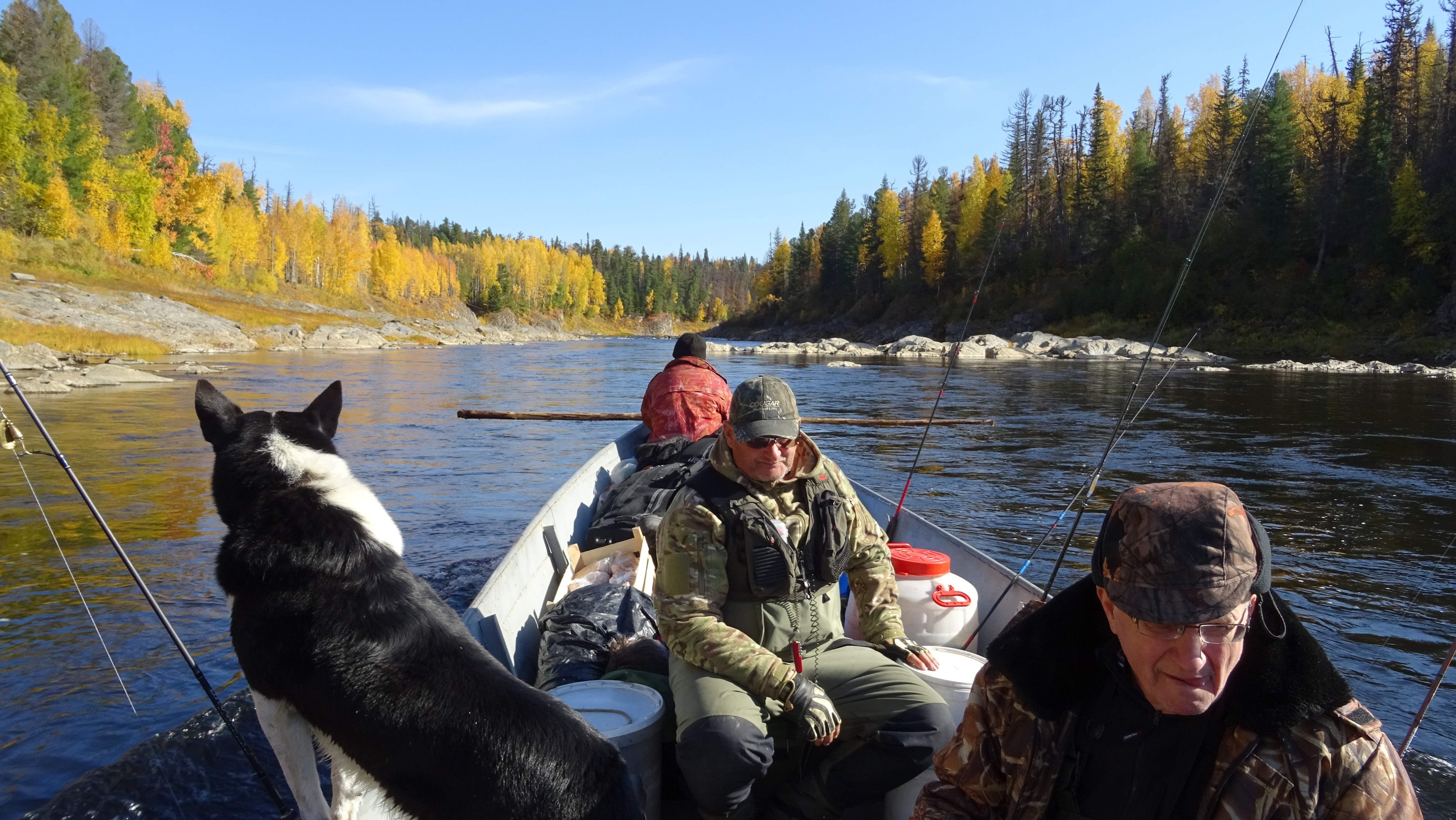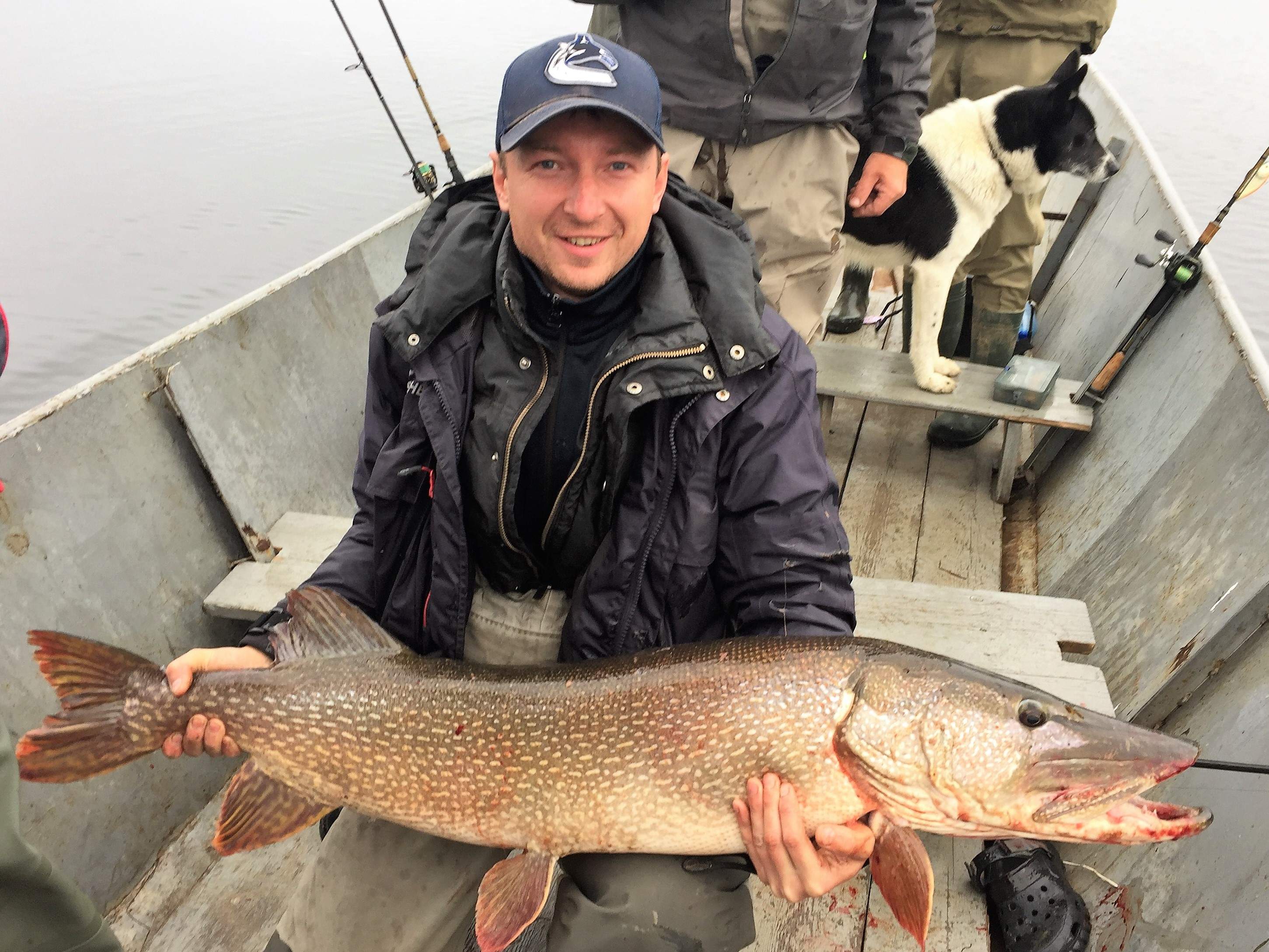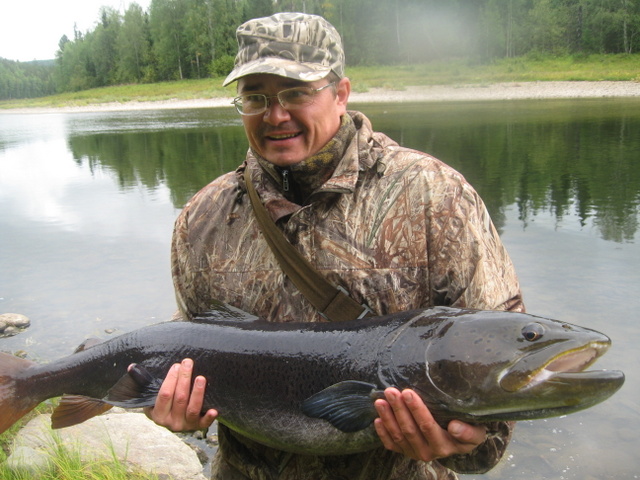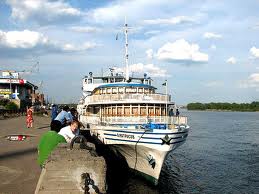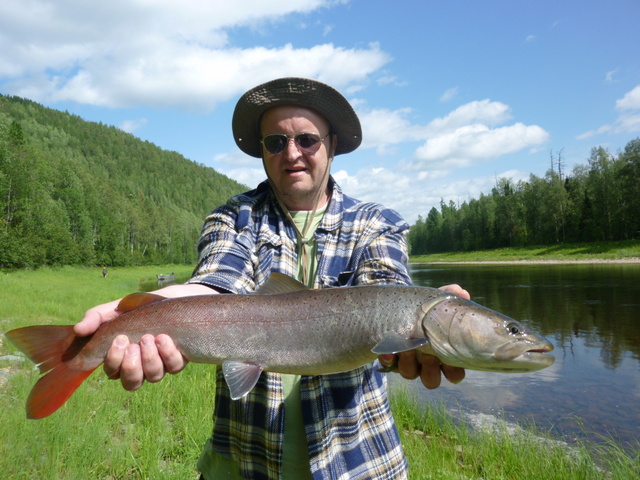If you dream of an amazing expedition deep into the Siberian taiga, upstream along the tributaries of the mighty Yenisei River, a journey by boat far to the north, and you're not afraid to leave everything behind for a few days, sleeping in authentic hunting cabins on wooden bunks, if you're thinking of seeing a Russia that you won't find in guidebooks, then this is the expedition for you.
The plan.
Every expedition, including the one to Siberia, begins with a meeting at the airport from where we depart to Moscow, which serves as a transit point in our journey to Siberia. However, the starting point of this expedition is the city of Krasnoyarsk, located in central Russia. From here, we will head further north to gradually distance ourselves from civilization, mobile phones, and television.
Upon arrival in Krasnoyarsk, we will spend the night in a hotel to freshen up and rest after the flight. We usually arrive in Krasnoyarsk in the morning, so after refreshing ourselves, we have the whole day to ourselves, which we can plan according to our own schedule. Typically, mandatory points include a visit to a well-stocked fishing store (near the hotel) and the "Maslenitsa" restaurant serving excellent Russian dishes. Dishes like herring under a fur coat or beef tenderloin, followed by a shot of horseradish-honey liqueur, often made the restaurant the only one we visited throughout the expedition—simply because no one wanted to eat anywhere else.
The next, or second day of our stay, begins with transportation to the ship referred to as a "tieplokhod" here. Along the route we will be traversing, two vessels operate: the Matrosov and the Chkalov. These ships are a true part of the history of these waters and passenger traffic along the Yenisei. Both were built in German shipyards in the 1950s and still reliably ply the route from Krasnoyarsk to Dudinka in the far north. We will venture a bit closer, about 880 km north of Krasnoyarsk, which will take us a day and a half, as we set off early in the morning.
From this point on, we practically forget about credit cards, mobile phones, and television. Instead, we have cabins, our own bunk, a promenade deck, restaurants, and a bar at our disposal. As time passes, we bid farewell to the industrial landscape of Krasnoyarsk, gradually immersing ourselves in the vast taiga, enjoying the views of the mighty Yenisei, stopping only in small towns and villages along the Yenisei. The stops themselves are also quite an attraction and treat. Similar to train journeys where some people board and others disembark, the stops here last longer, usually about half an hour, and the local market set up right by the ship becomes the highlight. Local housewives and hosts gather here to sell their products, which are often only available here. Smoked fish, salted and smoked grayling, sturgeon, or perch, homemade jams, and
nalewki, pierożki, truskawki, które tutaj choć występują okresowo, to ich smak jest naprawdę znakomity, jednym słowem różności
Upon arriving at our destination the next afternoon, we meet my Russian friend Sergey and his team, and our expedition begins. Venturing into the depths of the Siberian taiga is a serious matter, requiring thorough preparation. A fantastic fishing adventure and facing the challenges of being in the taiga are our goals. Therefore, we must rely on the experience and skills of the "people of the taiga" – excellent guides who know every bend of the river, every spot, and can survive in these harsh conditions where, in reality, humans are just guests. A satellite phone and a shotgun are two of many things we cannot forget to ensure the expedition is safe and becomes a great adventure.
So far, neither the satellite phone nor the shotgun have been used in emergencies. The shotgun has only come in handy for hunting grouse and ducks; bears have kept their distance. The expedition includes a "kater," a covered large boat that allows us to tow an additional large boat with engines and can accommodate up to 6 people. Two local guides, tents, and a dog, an indispensable companion on our expeditions, are also part of the team, helpful not only in hunting grouse and ducks but also as our guard and guide. From now on, the only communication with the outside world will be the satellite phone.
The Yenisei River and its countless tributaries, islands, and backwaters are home to many species of fish and animals, offering numerous fishing opportunities that vary depending on the season and region. The Yenisei and its reservoirs, as well as lowland rivers, are the kingdom of pike, large perch, two to three-kilogram ide, but also include species not found in other places, such as giant sturgeons, a smaller version of sturgeon called starlet, the silver torpedo known as nelma, muksun, or giant whitefish reaching several kilograms. There are also the so-called "upper rivers," mountainous rivers where the fish population changes.
The king or "tsar," as the Russians call it, of these rivers is the Taimen – a salmonid fish found mainly in Russian rivers and some rivers in Mongolia. Due to its rarity, it is one of the most precious fishing trophies in the world. It has been listed in the so-called Red Book as a protected species and is only caught for sport according to the "catch and release" principle.
Another noteworthy species is the lenok, a salmonid fish that is a challenging and tenacious opponent in terms of fishing, making for a beautiful trophy. Graylings, which are common here and sometimes a real nuisance, especially when targeting larger species, are a separate topic. The only advice then is to switch to a larger bait. As you can see from the above, having such diverse opportunities allows for a variety of fishing experiences.
During the expedition, accommodation varies depending on the region. If we are fishing on a large river or reservoirs near the Yenisei, we sleep on the "katyer" – a cabin boat. However, some might prefer tents. On the mountainous tributaries of the Yenisei, we usually spend the night in "izbuszkas" – hunting cabins used by the "pramysloviks" – local hunters who hunt sables deep in the taiga during winter and use these cabins as their base. In the summer, these cabins are empty and available for us to use. Some even have "banias" – Russian saunas, so there is an opportunity to enjoy them as well. On these tributaries, fishing pressure is so low that we most likely won't encounter anyone.
As for food, during the taiga expedition, three meals a day are the norm, prepared by our guides. A kettle with tea is always kept hot over the fire, and snacks are constantly available. All food products are provided by our guides, and, of course, we catch fish ourselves. We also bring a smoker to try freshly smoked grayling, perch, or lenok. Occasionally, we manage to catch grouse or duck. In addition to that, we have reindeer or moose meat. If we want a quick meal, as time is precious when a fish is biting, canned stew becomes handy.
Due to the fact that we have the "katyer," a large cabin boat, and a boat with an engine, we are independent and mobile. Therefore, taking advantage of this, we move from place to place. One day, we might fish on the reservoirs, only to completely change locations the next day and fish for different species, for example, on a river with a mountainous character, attempting to catch the legendary taimen – the tsar of those rivers, beautiful lenok, or indulge in grayling fishing like never before. All of this depends on our preferences and agreements.
Upon returning from the taiga, we go to the village's traditional Russian bathhouse, called "banya." Later, we return by a watercraft known as "meteor" to Yeniseisk, and then take a bus back to Krasnoyarsk. We'll be in Krasnoyarsk in the evening, head to the hotel, get a good night's sleep in civilized conditions, and the next day, make a final tour of the city, do some shopping, etc. Then, we'll take a flight back home.

